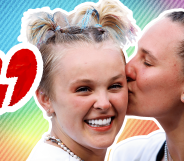It’s a tragedy that 2021 is the most deadly year for trans people on record – but not a surprise
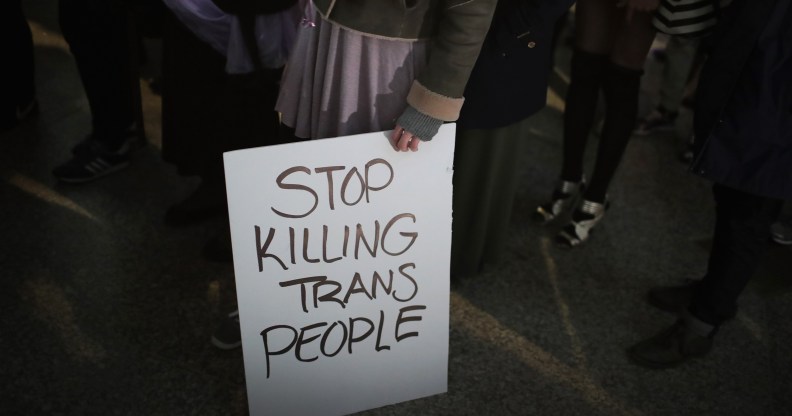
Placard at a Chicago rally for trans lives. (Scott Olson/Getty Images)
Placard at a Chicago rally for trans lives. (Scott Olson/Getty Images)
Last weekend, for the first time, hundreds of trans people took to the streets of Japan to call on their fellow citizens to recognise human rights for the trans community and fight against transphobia.
Four hundred people marched through the area around Shinjuku station in Tokyo on 20 November, carrying pink, white and blue trans Pride flags and placards carrying pro-trans messages like “We do not tolerate trans hate”.
The Tokyo march was organised by two trans activists to coincide with Trans Day of Remembrance, which is held to honour the memory of trans people whose lives were lost during the previous year to transphobic violence.
Transphobic violence resulting in death is monitored by the Trans Murder Monitoring Project (TMMP), which this year published a record number of 375 deaths of trans and gender-diverse people – more than one person killed every day and an increase of seven per cent on the previous year. The true figure is likely to be higher, as often trans people are misgendered in death.
While Japan did not feature on the TMMP list, trans people in the country must be sterilised in order to have their gender legally recognised and incidents of discrimination and transphobia are commonplace.
It wasn’t the only vigil to take place over the weekend. In South Korea, a video of hundreds of trans people marching through Itaewon, Seoul, went viral online.
Transgender Day Of Remembrance March in Itaewon, Seoul, South Korea, right now 🏳️⚧️🏳️⚧️🏳️⚧️ pic.twitter.com/aE4rG7gLZ0
— Heezy Yang aka Hurricane Kimchi (@heezyyang) November 20, 2021
In London, a protest took place outside at the headquarters of the national broadcaster, the BBC, over its recent anti-trans coverage. In Paris, protesters were rightly full of “emotion and anger”.
A silent march was held in New York; 2021 has also been the most deadly year for trans people in the US since the Human Rights Campaign began tracking transphobia and anti-trans violence in the US in 2013.
While better reporting and increasing awareness of both transphobia and transphobic violence are both likely to be contributing to the increase in numbers each year, it’s also true that there has been an increase in the number of trans people reported killed each year since records began being kept.
And everywhere in the world, the trans people who are most affected by this violence are women: 96 per cent of those murdered in the last year were trans women or trans feminine people.
With increasing visibility and awareness of trans people consistently matched by increasing fatal violence against trans women around the world, just why is it that so many people (cis men) kill trans women?
Transphobia
From negative film and TV representation of trans people as “predators”, “freaks” and “murder victims” – as laid out succinctly in the documentary Disclosure – to laws that restrict healthcare and freedom of movement for trans people, a steady drip of anti-trans hatred has infected many societies around the world with transphobia.
Reading about trans people as “other” or “less than” contributes to a culture in which trans people are seen as easy to kill. In Brazil, the country with the highest numbers of murders of trans people in the last year (125), a trans politician, Benny Briolly, was forced to flee the country this year after relentless abuse, harassment and death threats – including from “Bolsonarists”, supporters of homophobic president Jair Bolsonaro, sitting in city councils and urging “voters to attack Benny”.
Briolly, a Black trans woman, reported the death threats – including ones containing her home address and a proposed method of killing her – and exile to the state authorities but received no response.
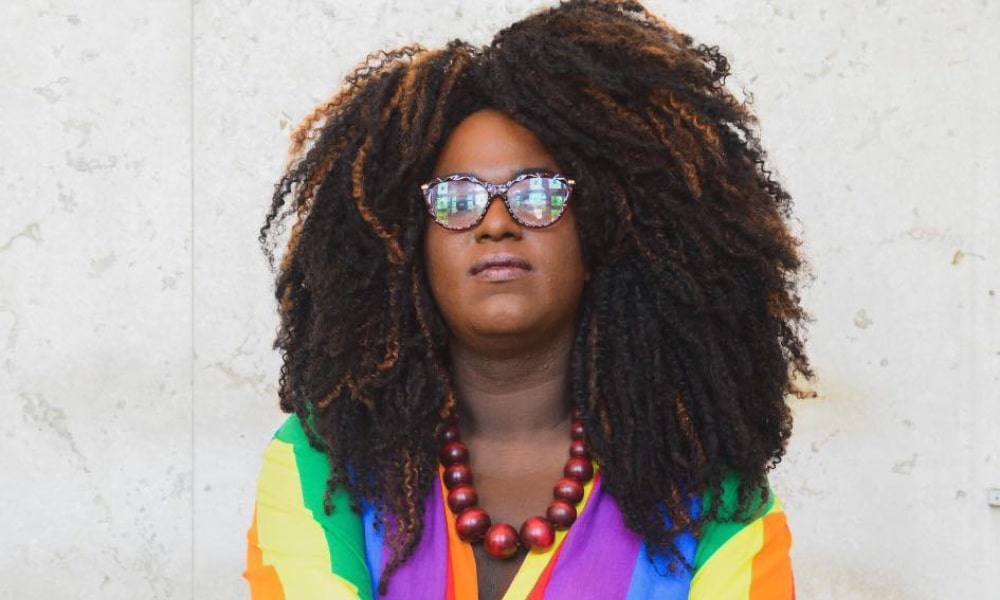
Benny Briolly, the first trans woman to sit on Niteroí’s City Council in the state of Rio de Janeiro. (Facebook/Benny Briolly)
Racism
Like Benny Briolly, most of the trans people who are threatened with or fall victim to fatal transphobic violence are trans women of colour. Sitting at the intersection of cis men’s violent transphobia, racism and misogyny means that trans women of colour have made up the majority of murder victims every year since the data was first put together.
In the US in 2019, all but three of the 27 known trans people violently murdered were Black trans women, according to the Human Rights Campaign, which tracks anti-trans violence. In 2020, six Black trans women, all aged 32 or younger, were murdered in the span of nine days.
Brazil, the country with the highest number of trans murders, has been condemned as “structurally racist” by the United Nations, which in 2020 called for urgent reforms after a Black man was beaten to death by white guards at a supermarket in southern Brazil. Bolsonaro, Brazil’s far-right president, insists he is “colour blind” when it comes to race. He has also said he’d rather have a dead son than a gay son.
Poverty
A further marginalisation shared by many Black trans women is the likelihood that they are living in poverty due to structural inequalities. A study by the US’s National LGBTQ Task Force found that Black trans people have a 26 per cent unemployment rate – twice the unemployment rate for all trans people, and four times higher than the unemployment rate of the total population.
The same study found that 41 per cent of Black trans people have been homeless at least once, a rate five times higher than the general US population; and found that 34 per cent of Black trans people were living in extreme poverty.
Like poor and homeless cisgender people, poor and homeless trans people are more vulnerable to violence and discrimination.
Criminalisation of sex work
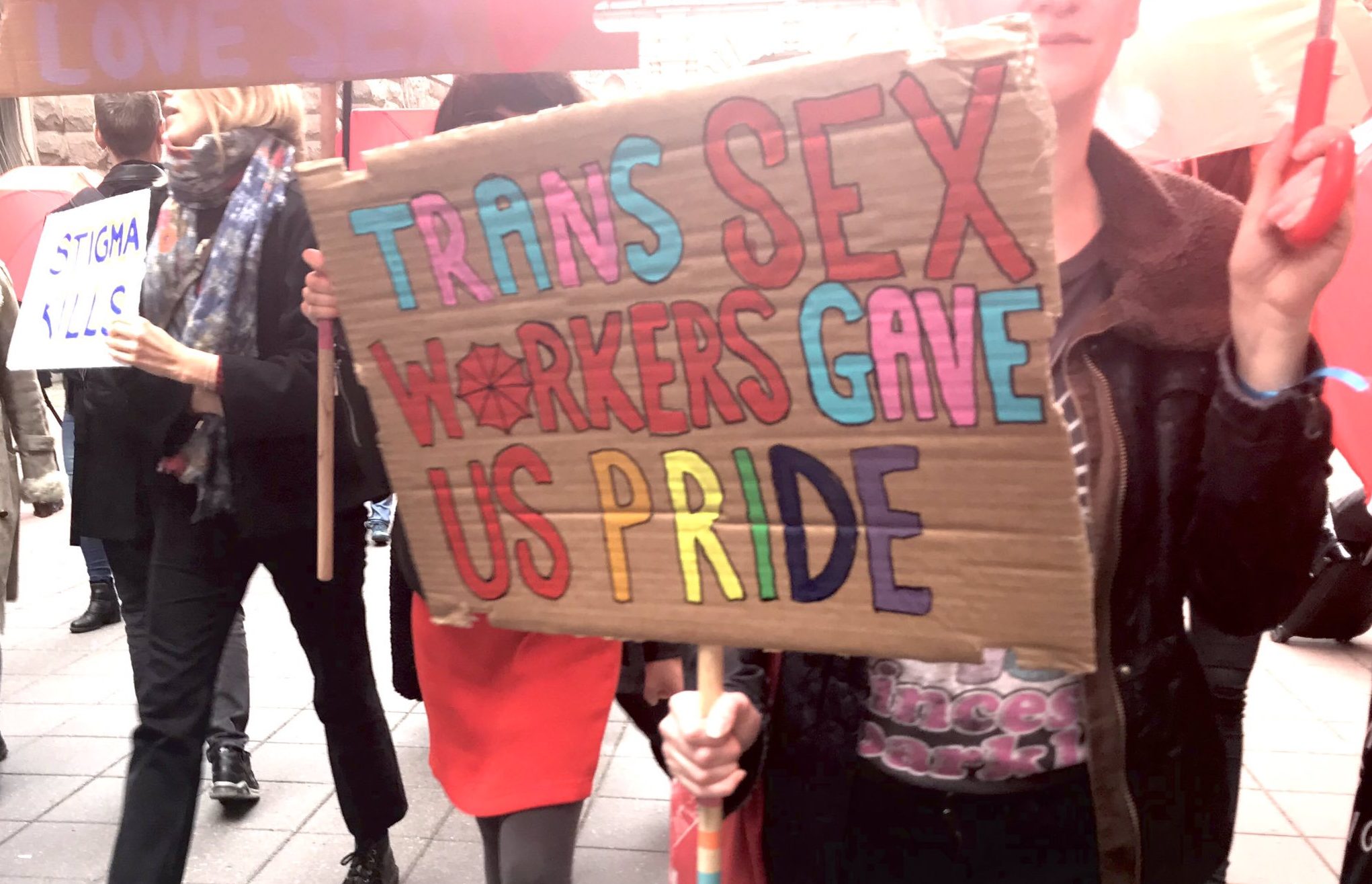
Placard at a sex workers’ rights march in Stockholm. (Twitter/SWARM)
Trans sex workers globally make up more than half of the trans murder victims in the year leading up to TDOR 2021 (58 per cent). Again, like people who are homeless or living in extreme poverty, sex workers experience multiple marginalisations that make them especially vulnerable to violence.
During the pandemic, sex workers in European countries where sex work is fully or partially criminalised struggled to survive during lockdowns and were unable to access the governmental financial support available to other workers.
Many trans people are pushed into sex work by a society that deems trans people unemployable – in the UK, one in three employers admits they wouldn’t hire someone they knew was trans. Sex work can be a dangerous and unstable job that is often illegal. This makes it difficult for trans sex workers to access healthcare, housing, mental health services and unemployment assistance – or to report dangerous clients to the police.
Police violence and prisons
Like LGBT+ communities more broadly, trans people are at a higher risk of police violence. Black trans people are, like Black cis people, more likely to be incarcerated in countries like the US.
In the US, the police’s involvement in the deaths of two Black trans people – Tony McDade, who was shot dead by police officers, and Layleen Polanco, who died in solitary confinement at Rikers jail because officials didn’t want her in the women’s prison ward – showed how little officers value trans lives. In the case of Polanco, her interactions with the criminal justice system also enacted violence and harm against her, and ultimately killed her.
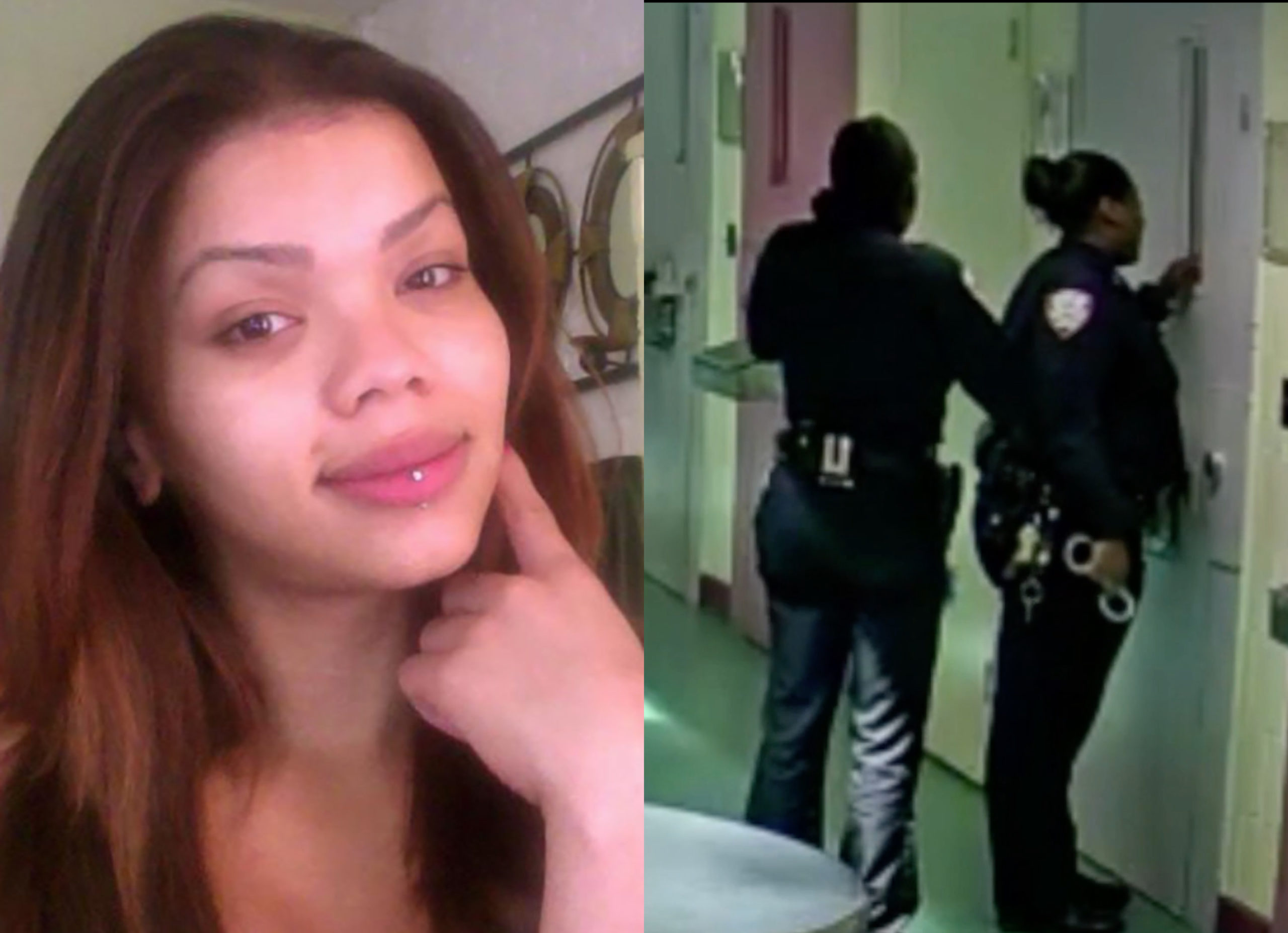
Layleen Xtravaganza Cubilette-Polanco’s death sparked outcry for typifying the failures of the criminal justice system for trans women of colour. (Facebook/Polanco family attorney)
When trans people are murdered in the US, police reports often misgender and deadname them – contributing to a culture in which violence against trans people is seen as more acceptable.
In the UK, where reports of hate crimes against trans people have quadrupled in the last six years, research by LGBT+ anti-violence charity Galop has found that only one in seven trans people who experience a transphobic attack report it to the police – a third said this was because they expected the police themselves to be transphobic.
These factors – transphobia, racism, poverty, the criminalisation of sex work, and police violence – underpin the violence that has resulted in record numbers of trans people are being murdered around the world.
The stories of those killed shows how those who experience one or more of these factors are at higher risk of harm. This is why trans civil rights activists increasingly recognise that trans liberation must be guided by creating a world in which those of us most likely to experience transphobic violence are, finally, safe.
